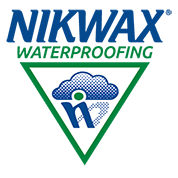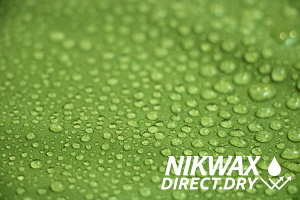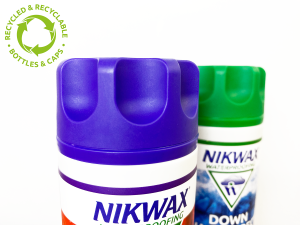 $65,000. That’s a lowball estimate for the cost of a full-page ad in the New York Times. We don’t know what was actually paid, but $65,000 is a good guess at how much Patagonia shelled out for a 2011 Black Friday advertisement imploring consumers not to buy its products.
$65,000. That’s a lowball estimate for the cost of a full-page ad in the New York Times. We don’t know what was actually paid, but $65,000 is a good guess at how much Patagonia shelled out for a 2011 Black Friday advertisement imploring consumers not to buy its products.
You’ve got to hand it to the PR wizards over at the much revered apparel company. The “Don’t Buy This Jacket” ad paid for itself many times over in the additional coverage it garnered for the company’s controversial stance. We’re willing to bet the ad increased the allegiance of an already loyal fan base, and ironically, ended up selling even more jackets.
The reason the ad was successful is that when Patagonia tells us not to buy more stuff, we have no basis to doubt the authenticity of their message. The company, now a B-corporation in California, has a long and proven history of transparently analyzing its own environmental impact. Nikwax is a fan of both the company and of the message that product durability is one of the top tier necessities of environmental responsibility.
Durability (or longevity) is a soapbox Nikwax has unabashedly stood atop for over 30 years. It’s a compelling topic for our pocketbooks, for the environment, for resource use and for peace of mind. The challenge is how to make it sexy for a society that often places higher value on the latest, newest and shiniest toy.
Think about it. When was the last time you heard, “Cute new coat”?
Now, when was the last time you heard, “Wow! If I’m not mistaken, it looks like you may have washed your coat and revived the durable water repellency. That’s hot.”
Highlighting Patagonia again, the company’s Common Threads Initiative is a five-pronged approach to raising awareness to the philosophical and physical ramifications of over-consumption. Coupled with their increasingly transparent life cycle notes and supply chain realities of being a global company, Patagonia is helping consumers understand the actual impacts and stressors of each piece of clothing.
Educating ourselves on the impacts of our purchasing decisions isn’t as easy as it seems like it should be. In a global marketplace, where shipping Zircon containers half-way around the world is cheaper than sewing right next door, consumers need to have PhDs in resource use, production, supply chain management, transportation and technical textile manufacturing.
Take, for example, the 60% recycled polyester R2 Jacket from the New York Times ad. Patagonia, a company known for minimizing negative environmental impacts, shared some sobering production facts:
- To make one jacket requires 135-liters of water.
- Transporting the fabric to production, then to the Patagonia warehouse in Reno, Nevada generated 24 times the weight of the garment in carbon dioxide (total of 20-lbs CO2). This doesn’t include any transport relating to making fabric.
- The production of one jacket (13.1-oz) generates about 8.6-oz of waste.
What will you do when faced with the decision to buy new or not? Repairing and recycling a used jacket isn’t without negative impacts. Shipping a garment for repair will have a carbon footprint. New resources will be used for the repair. Electricity, water, and gas will be eaten up to keep the doors open for the effort. In some cases, recycling a material into something functional can suck up more energy than transforming virgin resources into usable materials.
Nikwax isn’t immune. Washing and treating apparel with Nikwax adds to the sum total of resource use. The critical factor is that you’re investing in an existing, functional piece of gear.
As manufacturers and consumers, we will always be responsible for creating some level of negative impact. Always. The key is minimizing and mitigating at every turn. Anyway you stack it up, the long-term consequences of repairing, reusing and recycling are far less detrimental than starting from scratch every time.
As it turns out, $65,000 is a hell of a bargain for little more clean water, a lot more fresh air and an untarnished outdoor adventure.







